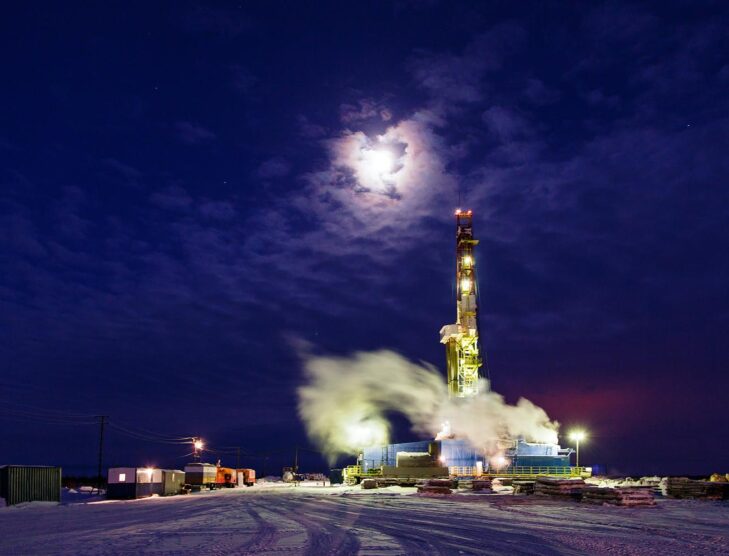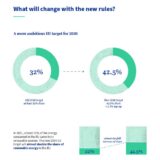
EPA’s final rule cuts methane emissions in oil & gas operations
The U.S. Environmental Protection Agency (EPA) has issued a final rule aimed at significantly reducing methane and other harmful air pollutants from oil and natural gas operations across the United States. This groundbreaking rule marks the first time existing sources nationwide will be subject to such regulations.
The final rule introduces New Source Performance Standards (NSPS) to curb methane and volatile organic compounds (VOCs) emissions from new, modified, and reconstructed sources in the oil and natural gas industry. Additionally, it establishes emissions guidelines, outlining procedures for states to develop plans to limit methane emissions from existing sources.
Oil and natural gas operations are the largest industrial contributors to methane pollution in the U.S. Methane, a potent climate “super pollutant,” is more impactful than carbon dioxide in terms of its warming potential and accounts for about one-third of current warming due to human activities. Rapid and significant reductions in methane emissions are essential for immediate climate benefits and are critical alongside carbon dioxide reduction efforts to slow the rate of the Earth’s atmospheric warming.
In early 2024, the EPA plans to conduct training sessions to provide an overview of the final rule. These sessions will target communities, tribes, tribal environmental professionals, and small businesses. The agency will also offer training on alternate test methods for detecting methane and on applying for the EPA-certified Super Emitter Program. Further details on these training sessions will be made available on the EPA’s website.





.png)






